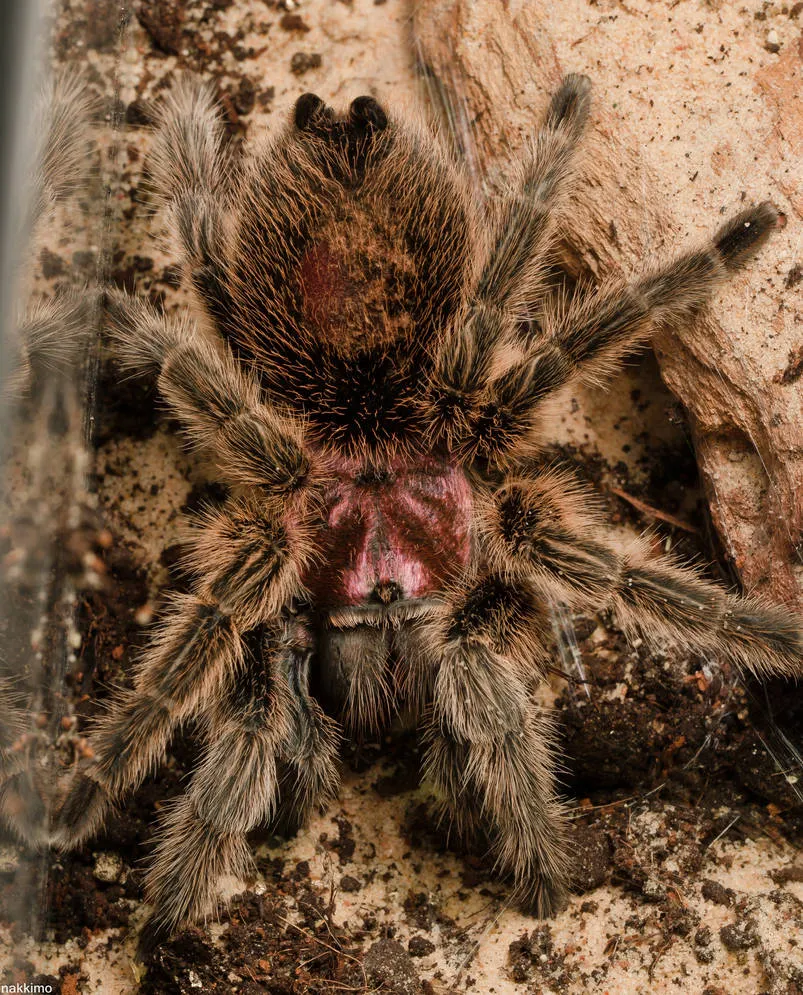Why Chilean Rose Tarantula Won’t Eat?
Owning a Chilean Rose Tarantula can be a rewarding experience, but it’s natural to worry when your pet spider refuses to eat. A tarantula’s lack of appetite can be a sign of various issues, from environmental problems to underlying health concerns. Understanding these reasons is crucial for ensuring your Chilean Rose Tarantula thrives. This guide explores the top five reasons why your tarantula might not be eating, offering insights and solutions to help you provide the best care possible. Recognizing the cause of your tarantula’s refusal to eat is the first step toward resolving the issue and promoting your pet’s well-being. Addressing these problems promptly can prevent more serious health complications and ensure your tarantula lives a long and healthy life.
Temperature and Humidity Problems
Chilean Rose Tarantulas are ectotherms, meaning they rely on their environment to regulate their body temperature. Both temperature and humidity play a vital role in their metabolism, digestion, and overall health. Inadequate environmental conditions can significantly impact their appetite and willingness to eat. Providing the correct environmental parameters is essential for keeping your tarantula healthy and happy. The optimal temperature and humidity levels will help to keep it active and eager to eat.
Ideal Temperature for Chilean Rose Tarantulas
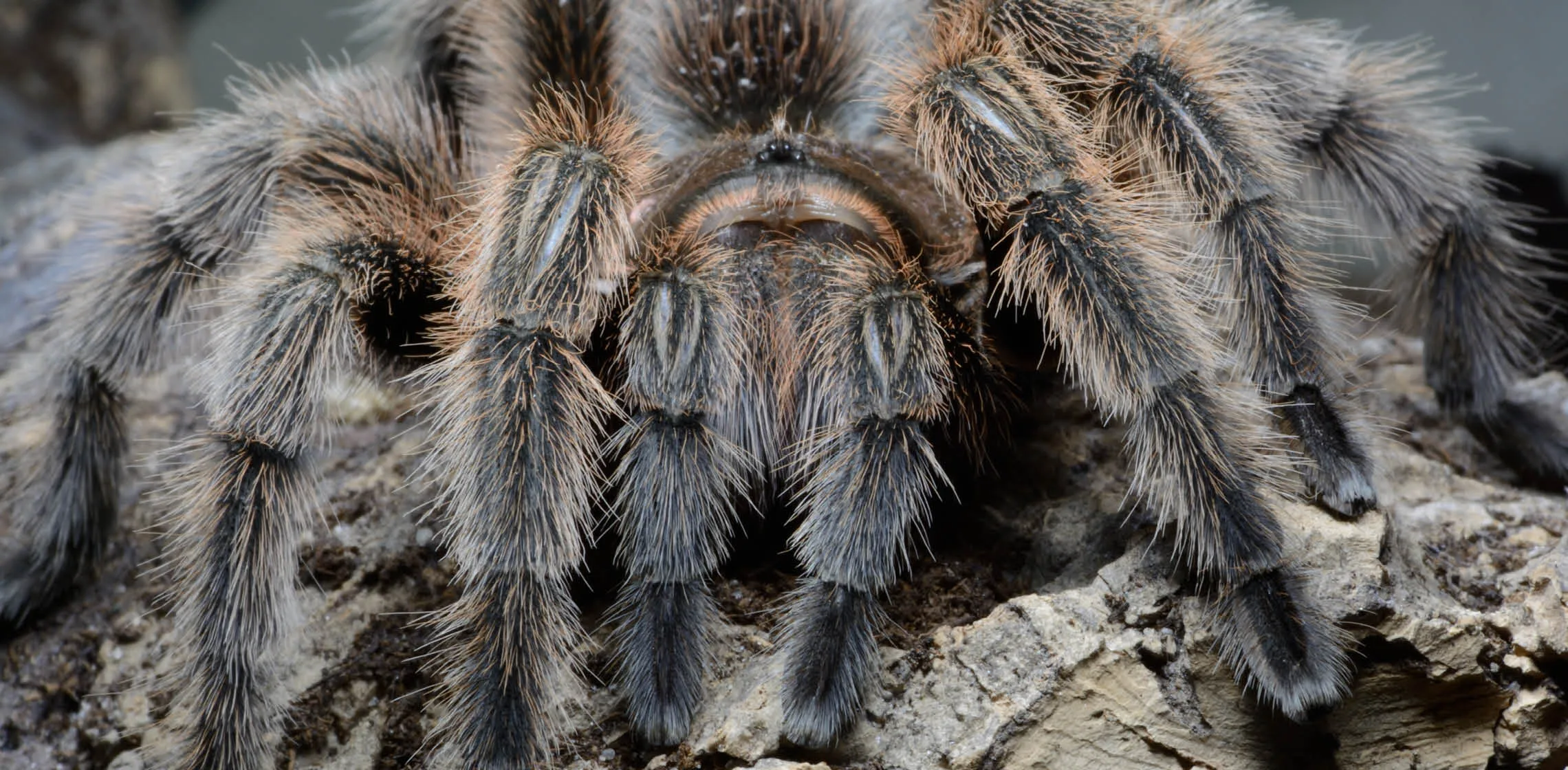
The ideal temperature range for a Chilean Rose Tarantula is typically between 75°F and 85°F (24°C to 29°C). Maintaining this temperature is crucial for their well-being. If the temperature is too low, the tarantula’s metabolism will slow down, leading to a decreased appetite and lethargy. Conversely, excessively high temperatures can stress the tarantula. Use a reliable thermometer to monitor the enclosure’s temperature and ensure it remains within the recommended range. You might need a heating pad or a heat lamp for a stable environment.
Humidity Requirements for Chilean Rose Tarantulas
Humidity is another critical factor. Chilean Rose Tarantulas thrive in a humidity level of around 60% to 70%. This humidity level aids in molting and prevents dehydration. Use a hygrometer to measure the humidity levels. You can increase humidity by misting the enclosure with dechlorinated water, especially during molting. Adequate ventilation is also essential to prevent mold growth and ensure proper air circulation. Incorrect humidity levels can lead to respiratory problems or difficulties during molting.
Understanding the Impact of Incorrect Parameters
When temperature and humidity are not within the recommended ranges, your Chilean Rose Tarantula’s health suffers. Low temperatures and humidity can cause a loss of appetite, sluggishness, and reduced activity. High temperatures and humidity can lead to dehydration or even heatstroke. Always monitor your tarantula’s enclosure and make necessary adjustments to maintain optimal conditions. Correct environmental conditions are essential to encourage your tarantula to eat and maintain its overall health.
Molting and Pre-Molting Behavior
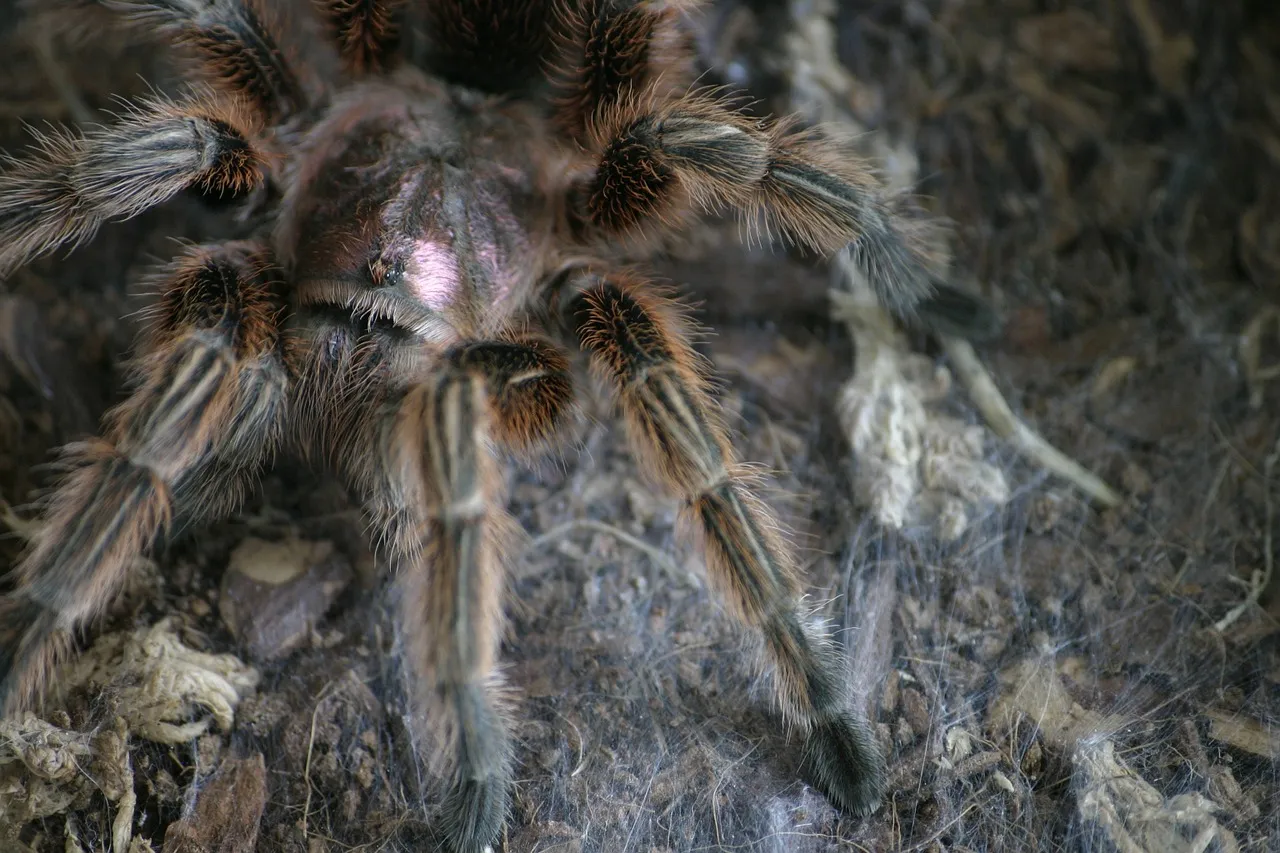
Molting is a natural and vital process for tarantulas, during which they shed their exoskeleton to grow. During this period, tarantulas often lose their appetite as they prepare for the molt. Understanding the molting cycle and its impact on feeding habits can help you avoid unnecessary worry and provide the appropriate care. Being aware of the signs of molting and the associated behaviors is crucial for the well-being of your tarantula. Recognising these phases will help you to provide the right environment.
Signs of an Approaching Molt in Tarantulas
Several signs indicate that your Chilean Rose Tarantula is preparing to molt. The most common signs include a loss of appetite, a change in behavior, and a change in appearance. The tarantula might become less active, spending more time in its burrow or hiding spot. The abdomen may appear darker or swollen, and the tarantula might refuse food for several weeks before the molt. Keep a close eye on your tarantula, and you will easily recognize the signs.
The Impact of Molting on Appetite
During the pre-molt phase, tarantulas typically stop eating. This is because they are conserving energy and preparing for the physically demanding process of shedding their exoskeleton. Their body is focused on the internal processes of molting, making them uninterested in food. Don’t be alarmed if your tarantula refuses food for several weeks leading up to the molt. Once the molt is complete, they will usually resume eating, and their appetite will return.
Post-Molt Feeding Strategies
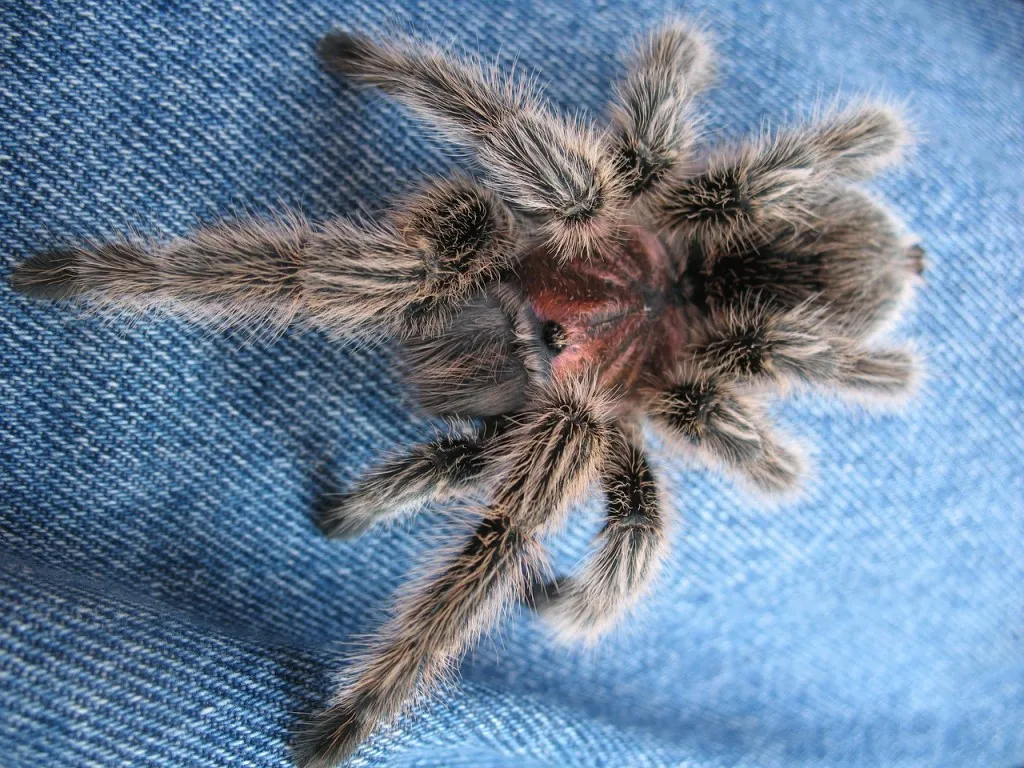
After molting, the tarantula’s new exoskeleton is soft and vulnerable. It will need time to harden before they can eat. Wait a few days, until the exoskeleton has hardened, before offering food. Start with small, easily manageable prey items to avoid stressing your tarantula. Offer the food and monitor their response. If your tarantula doesn’t eat immediately, don’t worry, as it may still be adjusting. Ensure that the enclosure has appropriate humidity and temperature levels, and keep the environment calm and undisturbed.
Stress and Environmental Factors
Stress can significantly impact a tarantula’s appetite. Chilean Rose Tarantulas are sensitive creatures that can be easily stressed by environmental factors. Identifying and mitigating these stressors is crucial for encouraging healthy eating habits. A comfortable and safe environment can have a positive influence on your pet’s appetite.
Common Stressors for Chilean Rose Tarantulas
Several factors can stress a Chilean Rose Tarantula. Loud noises, sudden movements, and vibrations near the enclosure can be disruptive. Inappropriate lighting, especially bright or constant light, can also be stressful. Other stressors include overcrowding in the enclosure and the presence of other pets or animals. Provide a calm and quiet environment to minimise stress.
Creating a Stress-Free Habitat
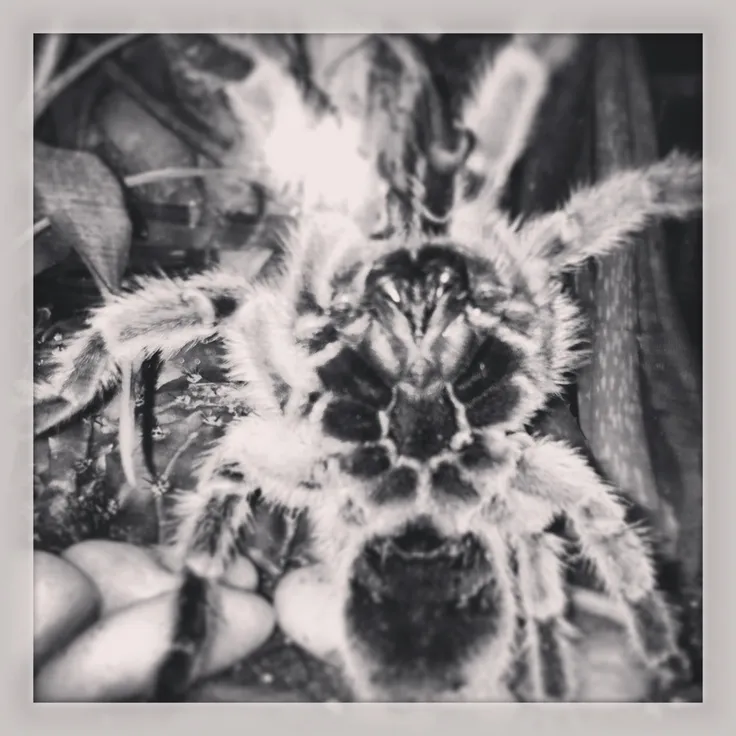
To create a stress-free habitat, place the enclosure in a quiet area away from high traffic and noise. Use appropriate substrate, such as coconut fiber, to provide a natural environment where the tarantula can burrow. Provide a hide or shelter where your tarantula can retreat. Maintain a consistent day-night cycle with appropriate lighting, avoiding bright, direct light. Avoid excessive handling and ensure the enclosure has good ventilation.
Handling and Its Effects
Handling a Chilean Rose Tarantula can cause stress and reduce its appetite. Handling should be kept to a minimum. If you must handle your tarantula, do so carefully and gently. Always wash your hands before and after handling, and avoid any sudden movements. Handling can cause stress and cause your tarantula to stop eating.
Parasites and Health Issues
Parasites and various health issues can affect a tarantula’s appetite. Identifying and addressing these problems promptly is essential for the well-being of your pet. Regular observation and preventative measures are key to ensuring your tarantula’s health. Any unusual behavior or physical changes should be investigated promptly to avoid any adverse effects.
Identifying Potential Health Problems

Look out for signs of illness such as lethargy, loss of appetite, unusual postures, or any discoloration on the tarantula’s body. Check the enclosure for any signs of mold or other contaminants. Inspect the tarantula for parasites like mites. If you see any of these signs, it’s crucial to take action to prevent further problems. Observing your pet and making sure you know the normal behavior and appearance is important.
When to Consult a Veterinarian
If you suspect your tarantula has a health issue that you can’t identify or treat, consult a veterinarian experienced in exotic pets. Provide the vet with as much information as possible, including the tarantula’s history, enclosure details, and observed symptoms. Early intervention is vital for successful treatment. A veterinarian can diagnose the problem and recommend the best course of action. A vet can help to identify any underlying issues and take appropriate action.
Diet and Feeding Issues
An inappropriate diet or improper feeding practices can lead to a loss of appetite. Ensuring that your tarantula receives the correct type of food, feeding frequency, and portion sizes is crucial for its health and well-being. Make sure you know the type of food that your tarantula should be eating, and maintain a regular feeding schedule. Correct diet and feeding habits are necessary for your pet’s survival.
Appropriate Food Choices for Chilean Rose Tarantulas
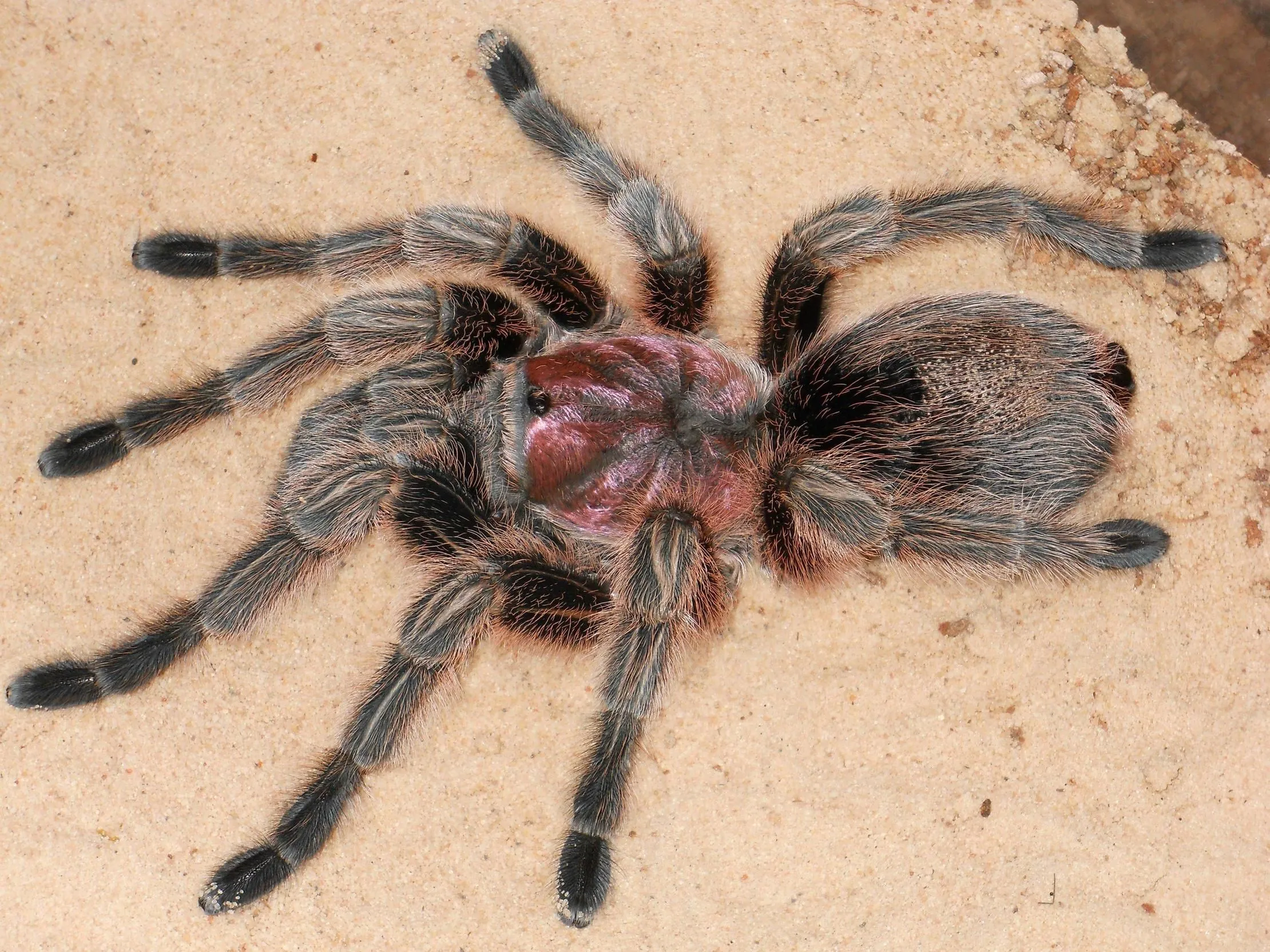
Chilean Rose Tarantulas are primarily insectivores. Offer a variety of live insects such as crickets, mealworms, and dubia roaches. The insects should be gut-loaded with nutritious food before offering them to your tarantula, which enhances their nutritional value. Avoid feeding your tarantula wild-caught insects, as they may carry parasites or pesticides. Make sure that your pet receives insects that are the right size for it.
Feeding Frequency and Portion Sizes
Juvenile Chilean Rose Tarantulas should be fed two to three times a week, while adults can be fed once or twice a week. The amount of food should be appropriate for the tarantula’s size. Typically, offer one or two appropriately sized insects per feeding. Remove any uneaten food within 24 hours to prevent the build-up of waste and potential problems. Avoid overfeeding, as it can lead to health issues. Monitor the tarantula’s abdomen size and adjust feeding frequency accordingly.
Conclusion Why Your Chilean Rose Tarantula Won’t Eat
Several factors can cause a Chilean Rose Tarantula to stop eating. Addressing the environmental conditions, understanding the molting cycle, minimizing stress, identifying potential health issues, and ensuring appropriate feeding practices are essential steps in providing optimal care. By understanding these aspects and taking appropriate actions, you can ensure your tarantula’s health and well-being. If your tarantula continues to refuse food, consult with a vet specializing in exotic pets. Proper care and attention will help your pet live a long and healthy life.
